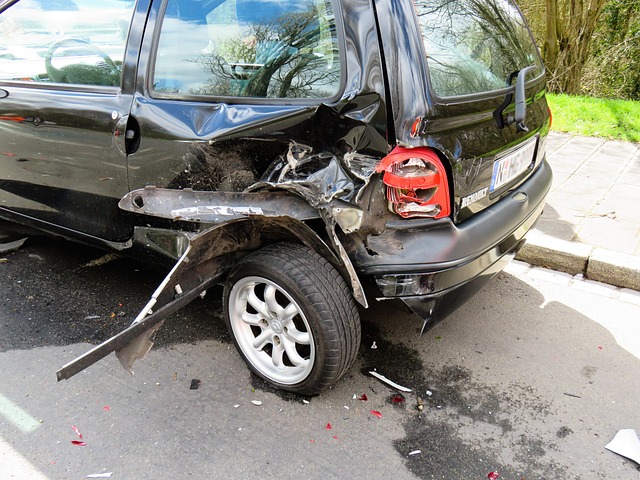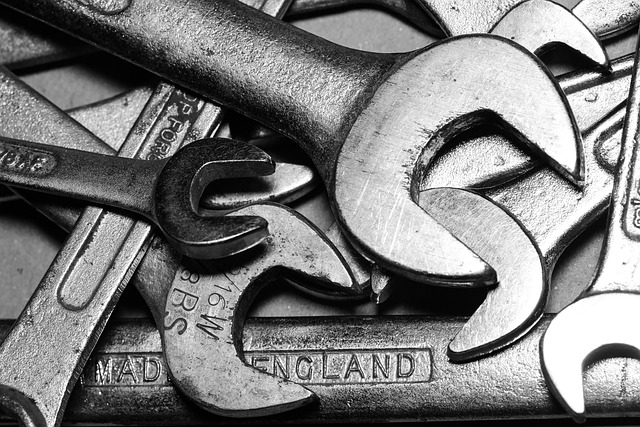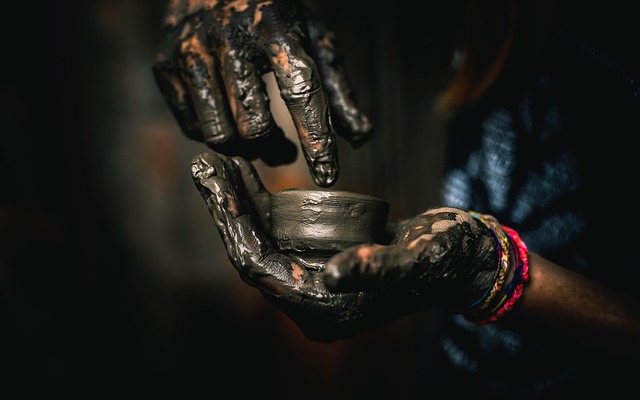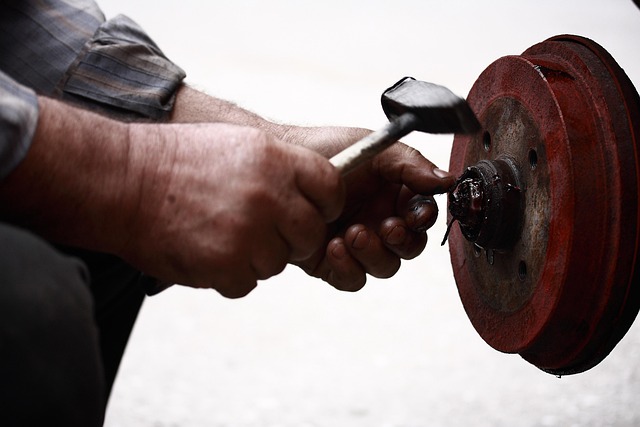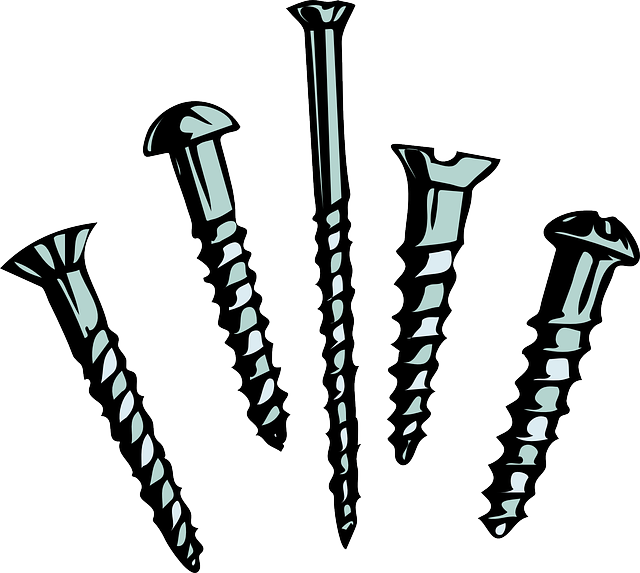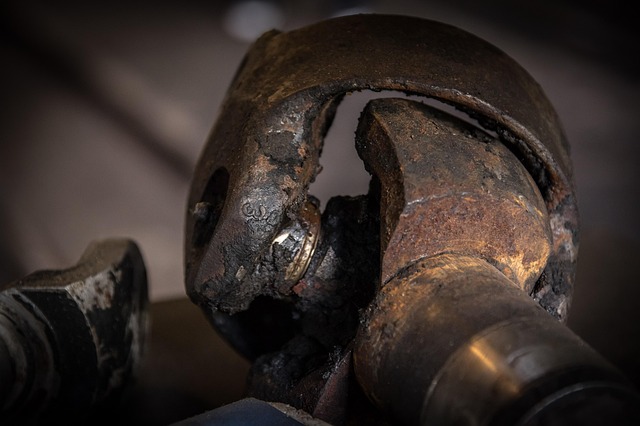The repair approval process is a vital step in automotive restoration, ensuring accurate and cost-effective repairs after accidents. Insurance assessors or professionals inspect vehicles for structural integrity, cosmetic details, and adherence to industry standards. Reputable body shops offer conditional approvals based on visual inspections and diagnostics, with unique internal processes influenced by technician experience, equipment, and finish preferences. Clear communication and user-friendly digital platforms streamline the process, fostering trust and faster approvals while prioritizing customer satisfaction.
Unraveling the mysteries of the repair approval process is crucial for anyone involved in vehicle maintenance. This article aims to dispel common misconceptions and guide you through the steps with clarity. We’ll explore what exactly the repair approval process entails, dissect popular myths, and offer best practices for a stress-free experience. By understanding these key aspects, you’ll navigate the journey with confidence, ensuring accurate repairs and peace of mind. Let’s dive into demystifying this essential procedure, particularly relevant in today’s digital era.
- What is the Repair Approval Process?
- Common Misconceptions Debunked
- Best Practices for a Seamless Approval Journey
What is the Repair Approval Process?

The repair approval process is a crucial step in ensuring that vehicles, especially those involved in accidents, receive the correct and necessary repairs. It’s not merely about giving the go-ahead for fixings; rather, it involves a thorough evaluation to restore the vehicle to its pre-accident condition or, when restoration isn’t feasible, ensure equivalent functionality and safety standards are met. This process is particularly vital in vehicle body shops where frame straightening and car bodywork repairs are conducted.
During this process, insurance companies, independent assessors, or designated professionals inspect the damaged vehicle, examining every detail from structural integrity to cosmetic elements. They compare the costs of repairs with similar models’ market values, assessing whether the proposed fixings align with industry standards for both quality and cost-effectiveness. This meticulous evaluation not only safeguards against excessive or unnecessary charges but also ensures that the vehicle body shop conducts repairs competently, maintaining the safety and reliability of the car’s bodywork.
Common Misconceptions Debunked

Many individuals often have misconceptions about how the repair approval process works, especially when it comes to dealing with vehicle body shops and car bodywork repairs like bumper repair. A common misunderstanding is that customers always need a detailed estimate before proceeding with any work. However, this isn’t always the case. Reputable vehicle body shops understand that unforeseen issues may arise during an initial assessment, which is why they often provide conditional approval for repairs based on visual inspection and preliminary diagnostics. This means you might not walk out with a concrete price tag right away, but it also allows for flexibility in addressing any hidden damages or additional work required.
Another myth to debunk is that all repair shops follow the same strict procedures. The reality is, each shop has its own internal processes, which can vary based on factors like experience level of technicians, available equipment, and even personal preferences. For instance, while some may opt for quick-drying paints for swift repairs, others might prioritize high-quality finishes that require more time. This diversity ensures customers receive tailored services, but it also underscores the importance of clear communication with your chosen vehicle body shop regarding expectations and turnaround times.
Best Practices for a Seamless Approval Journey

When navigating the repair approval process, whether for a collision repair center, automotive body shop, or fender repair, adopting best practices ensures a seamless experience for all involved parties. Firstly, clear communication is key; maintaining open lines with both clients and insurance providers facilitates efficient decision-making. Timely responses to inquiries and updates on the progress of repairs foster trust and satisfaction.
Secondly, investing in user-friendly digital platforms streamlines the process. These tools enable easy access to estimates, approvals, and documentation, reducing paperwork and potential errors. Additionally, staying organized with detailed records of repairs, parts used, and client information enhances accuracy and expedites future approvals. By implementing these best practices, repair facilities can optimize their approval journey, ensuring customer satisfaction and efficient service delivery.
Understanding the repair approval process is essential for smooth project management and client satisfaction. By debunking common misconceptions, organizations can navigate this critical step with confidence. Adhering to best practices ensures a seamless journey, fostering strong relationships with clients and contractors alike. Remember, a well-managed approval process is key to successful repairs and renovations.

